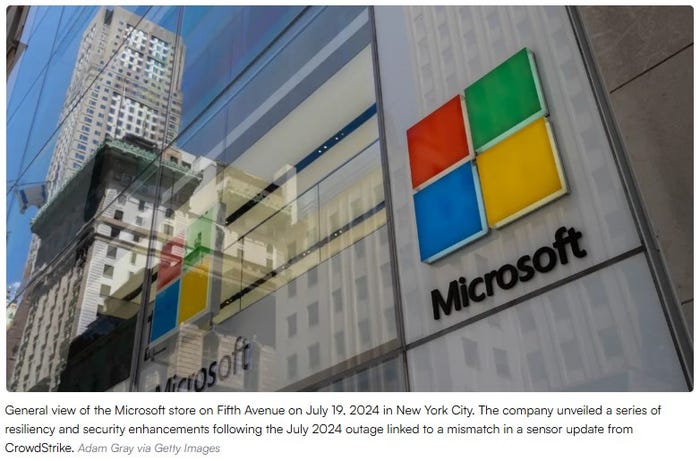Utah Communications Authority inks $51 million deal with L3Harris Technologies for statewide P25 system

L3Harris Technologies yesterday announced that it has signed a $51 million contract with the Utah Communications Authority (UCA) to build a statewide P25 Phase 2 radio system that is expected to be used by multiple first-responder agencies when deployment is completed in 2024.
“It’s a hugely important win for L3Harris Technologies,” Ryan Carson, senior director of public-safety sales for L3Harris, said during an interview with IWCE’s Urgent Communications. “As we increase our footprint globally, we have more than 3400 employees in the state of Utah. So, Utah is important to L3Harris Technologies, and this is a landmark win for the company.
“We’re incredibly grateful to be selected by the state of Utah for their P25 Phase 2 critical-communications system, and we’re looking forward to partnering with Utah on this endeavor.”
Rob Nelson, strategic projects manager for L3Harris, said that L3Harris was selected as the winner of the UCA procurement process in December 2018, and all protest appeals concluded with a Utah Supreme Court ruling on the matter in late June. After that court decision, L3Harris was able to begin work in earnest on the statewide P25 system, which will replace a legacy Motorola Solutions trunked network, he said.
“This is replacing Motorola trunked system in the state, on a like-to-like basis,” Nelson said during an interview with IWCE’s Urgent Communications. “In other words, everything that’s there now will be [available] for L3Harris on the infrastructure side in the future.
“Presently, there are 119 sites. In consultation with UCA, we know that there will be additions to that count, but right now there are 119.”
Nelson said that there is potential for more than 30,000 new devices to be purchased for users of the new Utah public-safety system, which is scheduled to be completed by the middle of 2024. Many of these devices could be multiband radios, as the system will operate on 800 MHz—and possibly 700 MHz, in the future—spectrum in more populated areas and VHF in locales that are more sparsely populated, he said.
“There are a number of VHF conventional spurs off of this network, more into the rural areas,” Nelson said.
In addition, the contract calls for at least “hundreds” of L3Harris Symphony command-center dispatch consoles to be installed in PSAPs throughout the state, he said.
Utah Gov. Gary Herbert expressed optimism about the state’s new contract with L3Harris—a company established officially this summer with the completion of the merger between Harris and L3 Technologies.
“The State of Utah looks forward to bringing L3Harris on board to provide a public safety network for our first responders and agencies,” Herbert said in a prepared statement. “We are confident this development will make it easier for our public-safety professionals to do their jobs well and quickly.”
For L3Harris, the UCA contract is the latest of several deals in the western half of the U.S., including wins in Nevada and the state of Washington, according to company officials.
“L3Harris brought new ideas and fresh thinking to the UCA, demonstrating how new technologies can deliver significant benefits in terms of cost, capability and reliability,” Nino DiCosmo, president of L3Harris Public Safety and Professional Communications, said in a prepared statement. “Our contract with UCA establishes new relationships with the many agencies supported by the UCA and further expands our public safety communications footprint in the State of Utah and the Western region of the United States.”
Nelson said that interoperability with other LMR network and public-safety broadband offerings like FirstNet via gateway technologies like ISSI and CSSI are not in the original UCA contract, but such solutions are expected to be part of the new statewide system eventually.
“They (UCA officials) are very aware of the application, very aware of FirstNet, and very aware of our capability to link LMR and LTE,” Nelson said. “There’s no question that—at some appropriate time in the future—that will be part of this design.”





